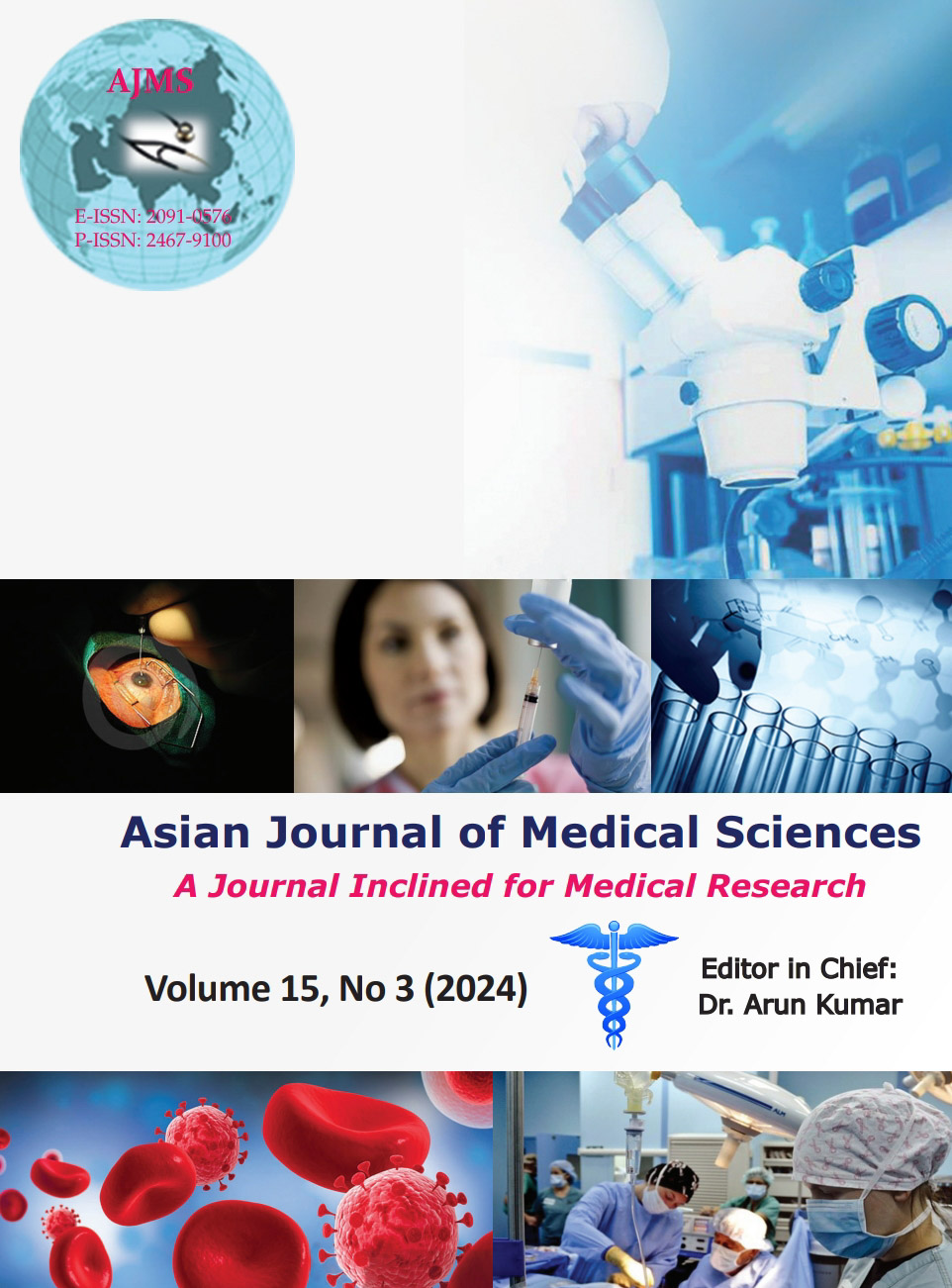Comparative study between 0.5% bupivacaine versus 0.5% ropivacaine in peribulbar anesthesia for cataract surgery
Keywords:
Analgesia; Bupivacaine; Ropivacaine; Peribulbar blockAbstract
Background: For intraocular surgery, the optimal local anesthetic agent must have a rapid onset of action and a sufficient duration of effect so as to enable a painless, motionless procedure without prolonging akinesia.
Aims and Objective: This prospective, comparative observational study compares ropivacaine and 0.5% bupivacaine for cataract surgery peribulbar block. Hyaluronidase is utilized in both groups because it promotes local anesthetic diffusion.
Material and Methods: Present prospective, observational, comparative study performed at the Department of Anesthesia Tertiary Care Teaching Institute of India for the duration of 1 year. All eligible patients were allocated in two groups as GROUP B and GROUP R. GROUP B: 10 mL of 0.5% bupivacaine and 15 I.U./mL of hyaluronidase. GROUP R: 10 mL of 0.5% ropivacaine and 15 I.U./mL of hyaluronidase. Patients were assessed for sensory block, eyelid, and ocular movements at an interval of 2 min, and Visual Analog Scale score for pain assessment.
Results: Age and gender did not differ significantly between the two study groups, according to the findings. Comparable and similar patient characteristics distinguished the two study groups. (P>0.05). The difference in onset of eyelid motor blockade between the two groups was not statistically significant. The difference in the onset of motor blockade [ocular movement] between the two groups was not statistically significant (P>0.05). (P>0.05) Analgesia duration differed significantly between the two groups in a statistical sense. Ropivacaine exhibits a significantly prolonged duration of analgesic effect than bupivacaine (P≤0.05).
Conclusion: Peribulbar block utilizing 0.5% ropivacaine is a more favorable and secure option for a local anesthetic that effectively extends postoperative pain alleviation, in comparison to the use of 0.5% bupivacaine.
Downloads
Downloads
Published
How to Cite
Issue
Section
License
Copyright (c) 2023 Asian Journal of Medical Sciences

This work is licensed under a Creative Commons Attribution-NonCommercial 4.0 International License.
Authors who publish with this journal agree to the following terms:
- The journal holds copyright and publishes the work under a Creative Commons CC-BY-NC license that permits use, distribution and reprduction in any medium, provided the original work is properly cited and is not used for commercial purposes. The journal should be recognised as the original publisher of this work.
- Authors are able to enter into separate, additional contractual arrangements for the non-exclusive distribution of the journal's published version of the work (e.g., post it to an institutional repository or publish it in a book), with an acknowledgement of its initial publication in this journal.
- Authors are permitted and encouraged to post their work online (e.g., in institutional repositories or on their website) prior to and during the submission process, as it can lead to productive exchanges, as well as earlier and greater citation of published work (See The Effect of Open Access).




